If the comb is high then the gun will pattern high and vice versa. At this point it is worth considering once again the type of game to be shot and form of shooting that the gun will predominantly be used for. For instance, if the gun is going to be used on high driven pheasants, then a pattern that is 60 percent to 70 percent high of point of aim is preferable as this essentially builds in some lead for a true straight driven bird, or for a crossing bird, means that the bird is always in view. If the gun is to be used for shooting walked-up quail, then a 50/50 pattern may be preferable to allow for sharply rising, twisting and dropping birds.
The actual drop measurement is taken in three positions on the top edge of the stock: at the comb, the face and at the heel of the stock. On a new gun, all three measurements can be transposed accurately as the gun is being stocked and made off. If, on the other hand, the gun is being altered from existing measurements, then the face measurement should be given priority. When the drop measurements are confirmed and the stock set up properly, the shooter’s iris should sit neatly and centrally on top of the rib when viewed from the muzzle end.
CAST
‘Cast’ is the final measurement we need to consider and this is the right or left movement of the stock through the central line of the gun. For a right-handed shooter, the cast should be ‘off’ and for the left-handed shooter ‘on’. Once again measurements are taken at the comb, face and heel, with the addition of a toe measurement to allow for the comfortable positioning of the butt within the shoulder pocket.
When taking cast measurements, we once again have to consider the build of the client, taking into account the width of the client’s head, position of eyes (some are further apart than others), chest build and width across the shoulders.
Obviously, adjustments in cast are done to ensure that the dominant eye is directly in line with the centre of the rib, using the foresight bead as the central aiming point. If set up is completed correctly, the shot pattern should strike centrally around the point of aim with neither a left or right bias, the only variable being the height of the pattern which, as already established, will be determined by the drop measurements.
The heel and toe measurements are significant as they reduce any barrel ‘cant’ or tilting of the gun barrels. When set up properly, the barrels should sit perfectly on a horizontal plane, thus ensuring correct gun mount, patterning and consistent performance.
It is worth noting that the combs of English game guns tend to be narrower than on competition-style guns, which explains why the cast measurements can vary between the two. Ideally, the top edge of the stock should have an even, rounded shape so that it does not bruise the cheek, which should, in truth, be merely resting against it.
A CASE STUDY
Having established the three key measurements of gun fit, we can turn to a specific case study.
As an experienced right-handed shooter with a dominant right eye, our Westley Richards client had, until very recently, been a very competent game shot. However, in the months leading up to his gun fit, he had noticed that he was struggling with straight driven targets as well as left-to-right crossers. Unbeknown to him, his eye dominance had changed, and as a result he was subconsciously tipping his nose over the comb of the stock to allow his left eye to take control of where he was actually shooting. This may sound like a strange affliction, but in truth it is quite common, particularly with shooters of a certain age.
Of course, not only was this affecting his shooting, but it was also leading to a rather bruised nose, sore shoulders and stiff neck muscles at the end of a day’s shooting!
Simon very quickly established this dominance issue as he inspected the client’s gun mount and witnessed his poor head position on the stock, as well as a ‘hunched’ mounting technique.
In real terms, particularly with someone who has been shooting for many years, the only viable way of addressing an eye dominance problem is to obscure the dominant (left in this case) pupil with a small patch placed on the lens of pair of shooting glasses, thus forcing the right eye to take over. With practice, and over time, the right eye should regain dominance, thus allowing the client to remove the patch and revert back to a more relaxed shooting technique where the head aligns naturally with the stock.
Having formed the basis for some measurements on the try gun, it was off to the pattern plate to see exactly where the client was shooting. The pattern plate is a great tool in the gun fitting process, as it tells no lies. Traditionally it is a white-washed steel plate with a defined aiming point and is used universally to determine where the shot pattern is actually striking at a given distance or range. Most gun fitters will choose a distance of between fifteen and twenty yards to initiate this test as the strike from the try gun is easy to view and adjust for.
After some initial shots, it became evident that the client was shooting to the left and slightly high. However, after some subtle adjustments to the cast and drop of the try gun his shots were brought to bear centre (but still slightly high as suits a traditional driven game gun configuration). It was then time to move back to the forty yard marker which helps re-confirm that at longer range the client is still shooting the gun and patterning in the same area. It is interesting to note that a ⅛" variation in either the drop or cast measurement can result in a 6" variation at forty yards!
Happy with the measurements and results on the pattern plate, it is worthwhile shooting a variety of clay targets, to give the client confidence in the measurements. This is also a useful time to iron out any small mounting and style issues and where a professional gun fitter like Simon Ward really comes into his own. As the gun is being built primarily for game shooting, a few warm-up shots at a simple going away bird relax the client before tackling the more challenging high driven clays thrown from the 100ft tower. Useful tips were passed on as the client smoothly and consistently hit the range of targets.
After the best part of two and a half hours, we returned to the clubhouse safe in the knowledge that the client is going to have a set of measurements that will without question enhance his shooting and, with practice, practice, practice, make him a consistent and professional game shot.
Now all Westley Richards needs to do is complete his gun for him!
The Explora Blog is the world’s premier online journal for field sports enthusiasts, outdoor adventurers, conservationists and admirers of bespoke gunmaking, fine leather goods and timeless safari clothes. Each month Westley Richards publishes up to 8 blog posts on a range of topics with an avid readership totalling 500,000+ page views per year.
Blog post topics include: Finished custom rifles and bespoke guns leaving the Westley Richards factory; examples of heritage firearms with unique designs and celebrated owners like James Sutherland and Frederick Courtenay Selous; the latest from the company pre-owned guns and rifles collection; interviews with the makers from the gun and leather factory; new season safari wear and country clothing; recent additions to our luxury travel bags and sporting leather goodsrange; time well spent out in the field; latest news in the sporting world; and key international conservation stories.



 Enquire
Enquire







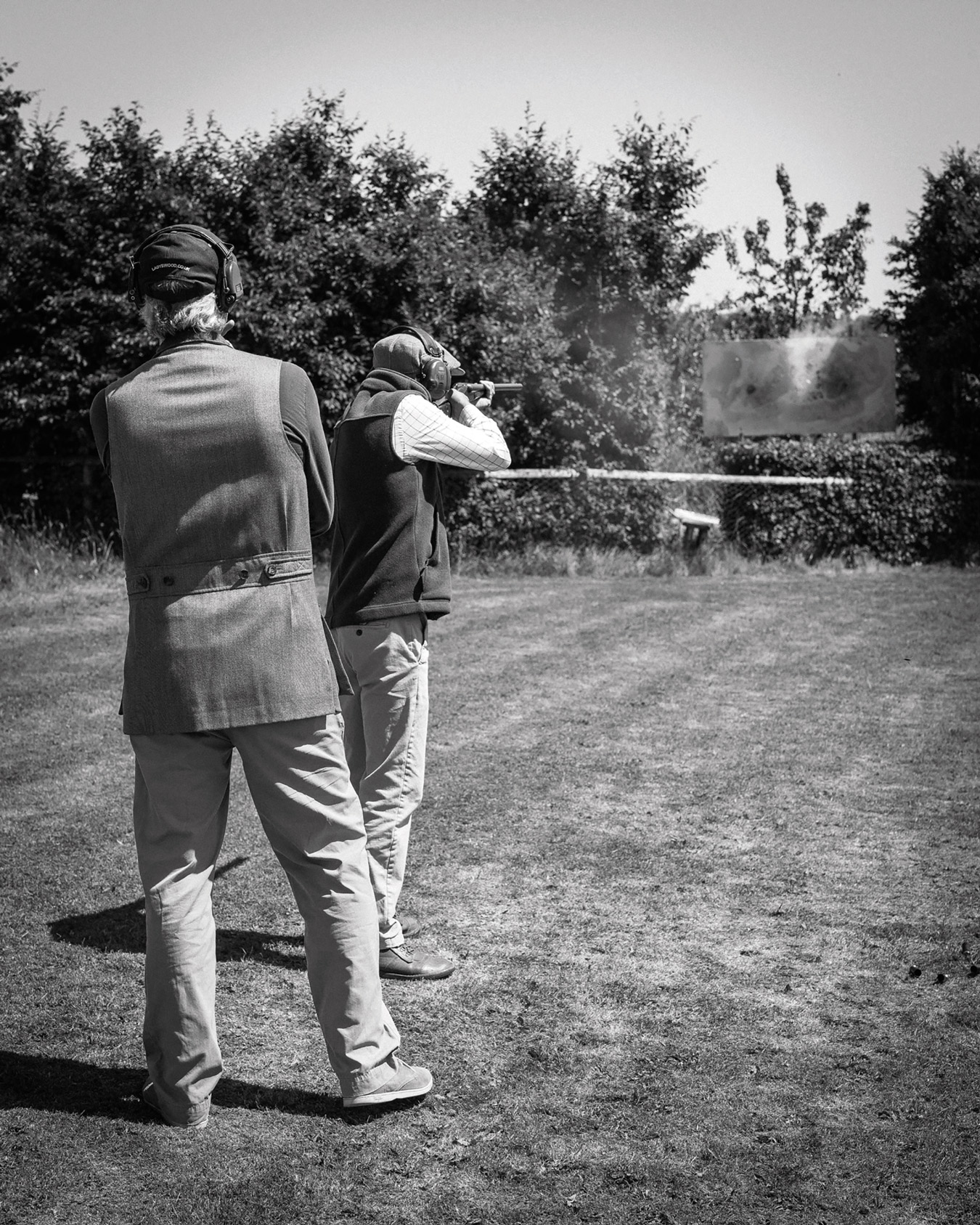
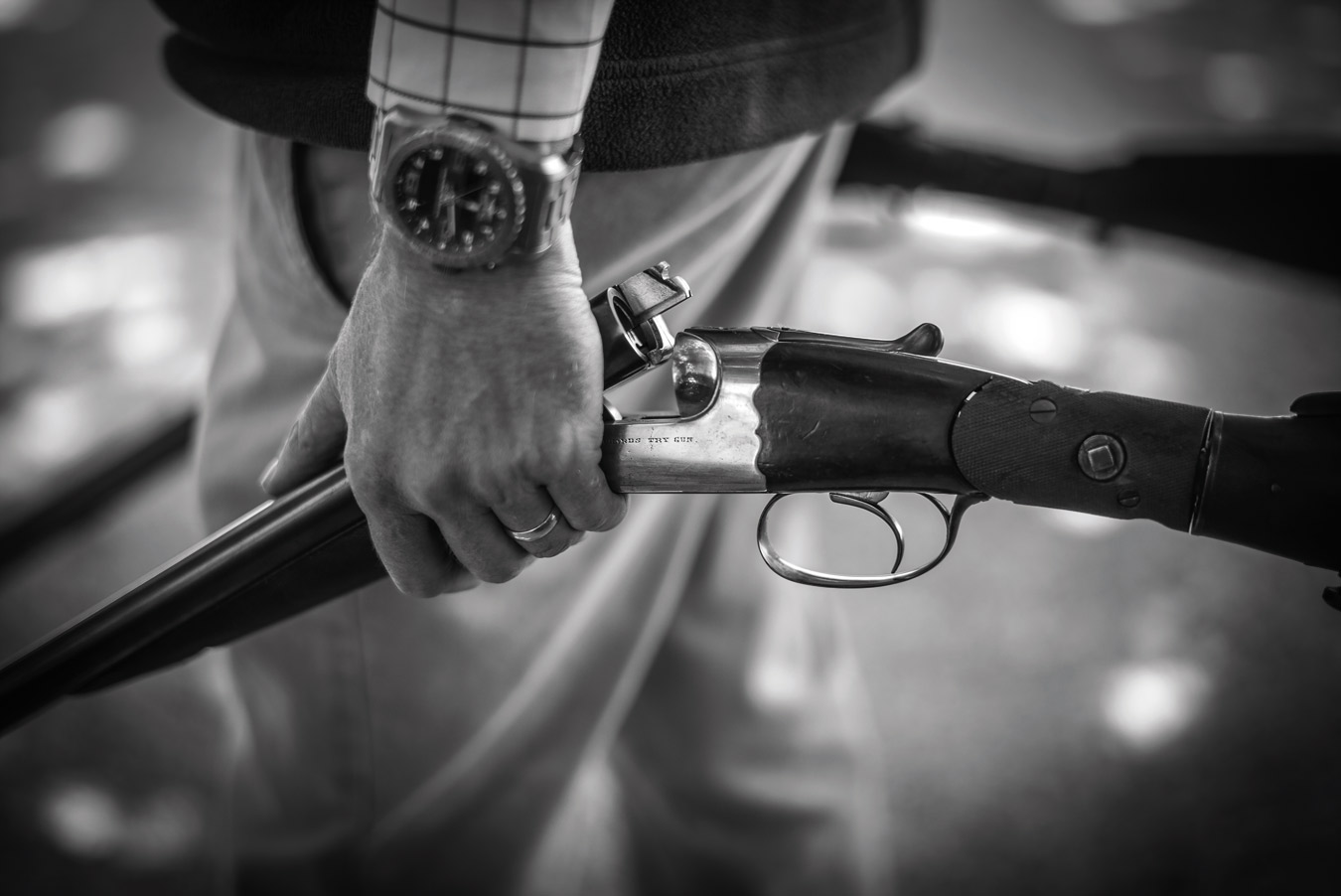

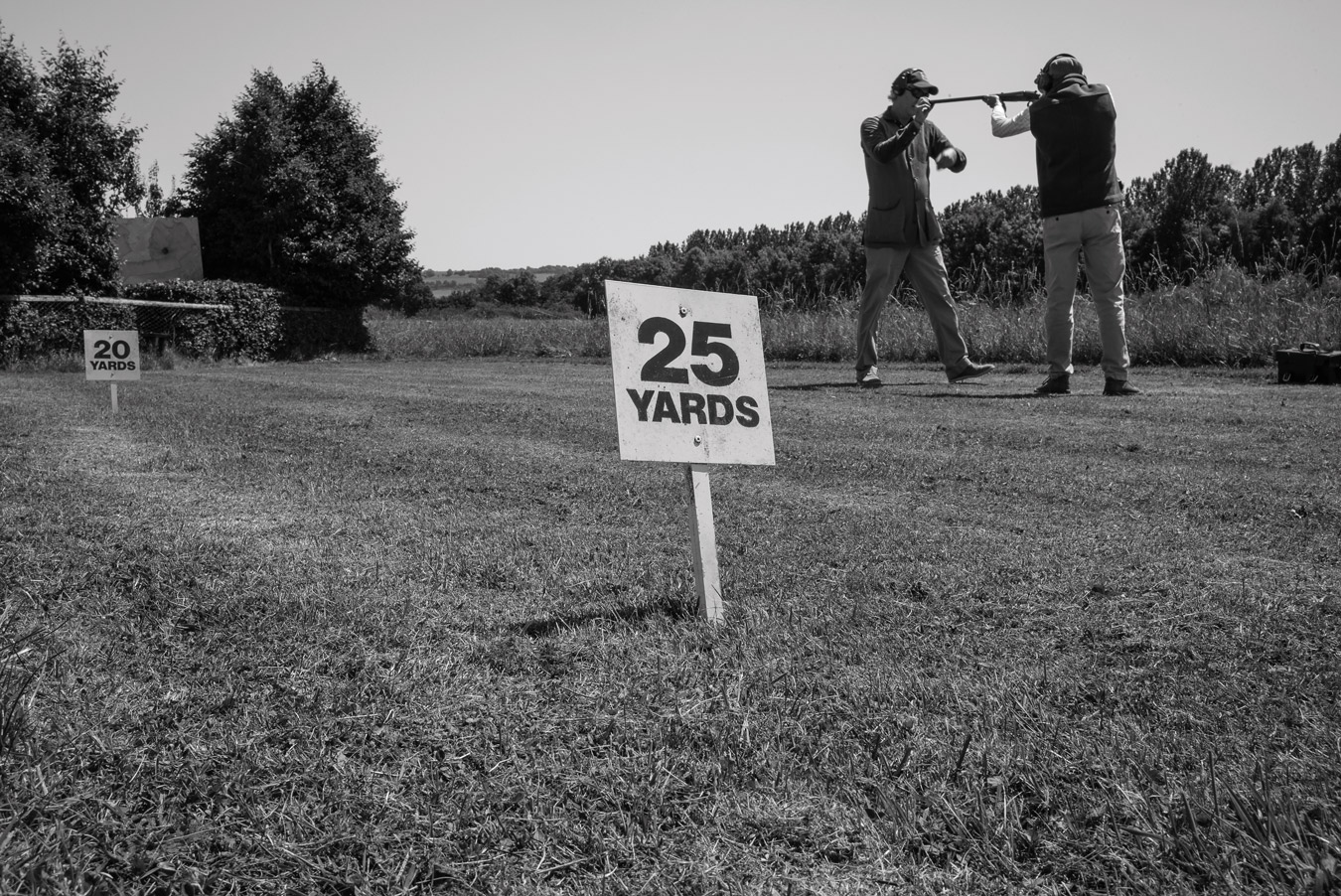
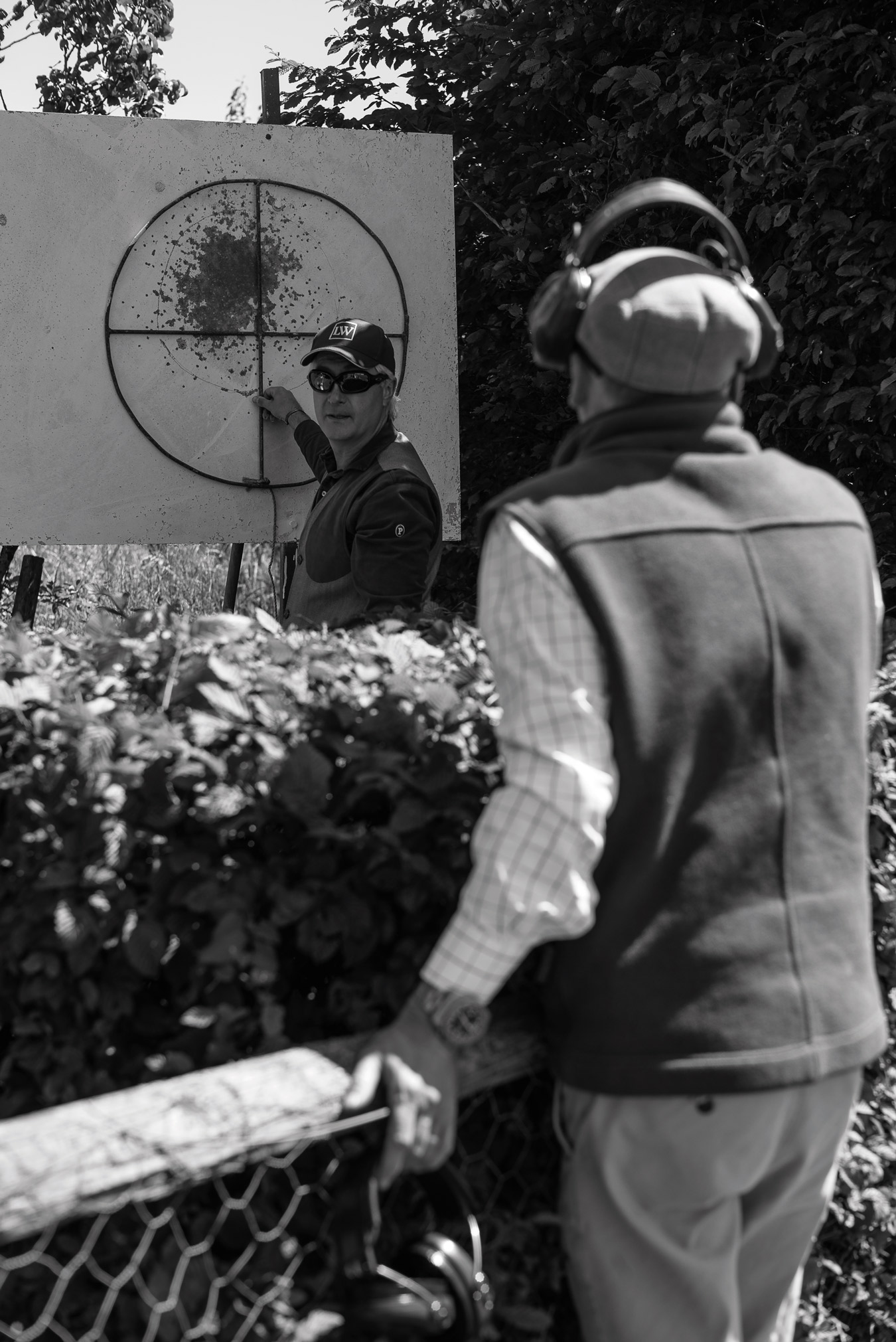
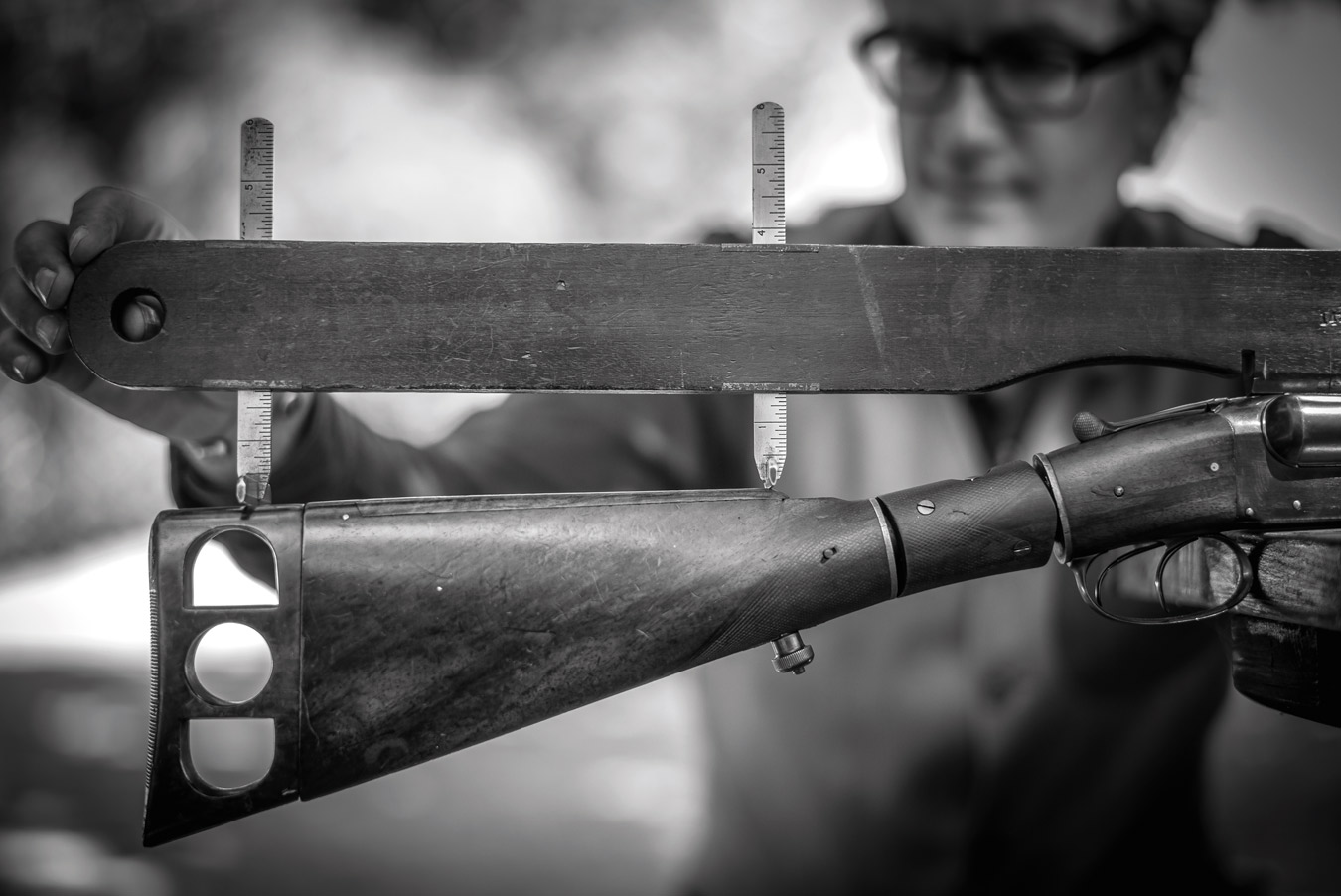
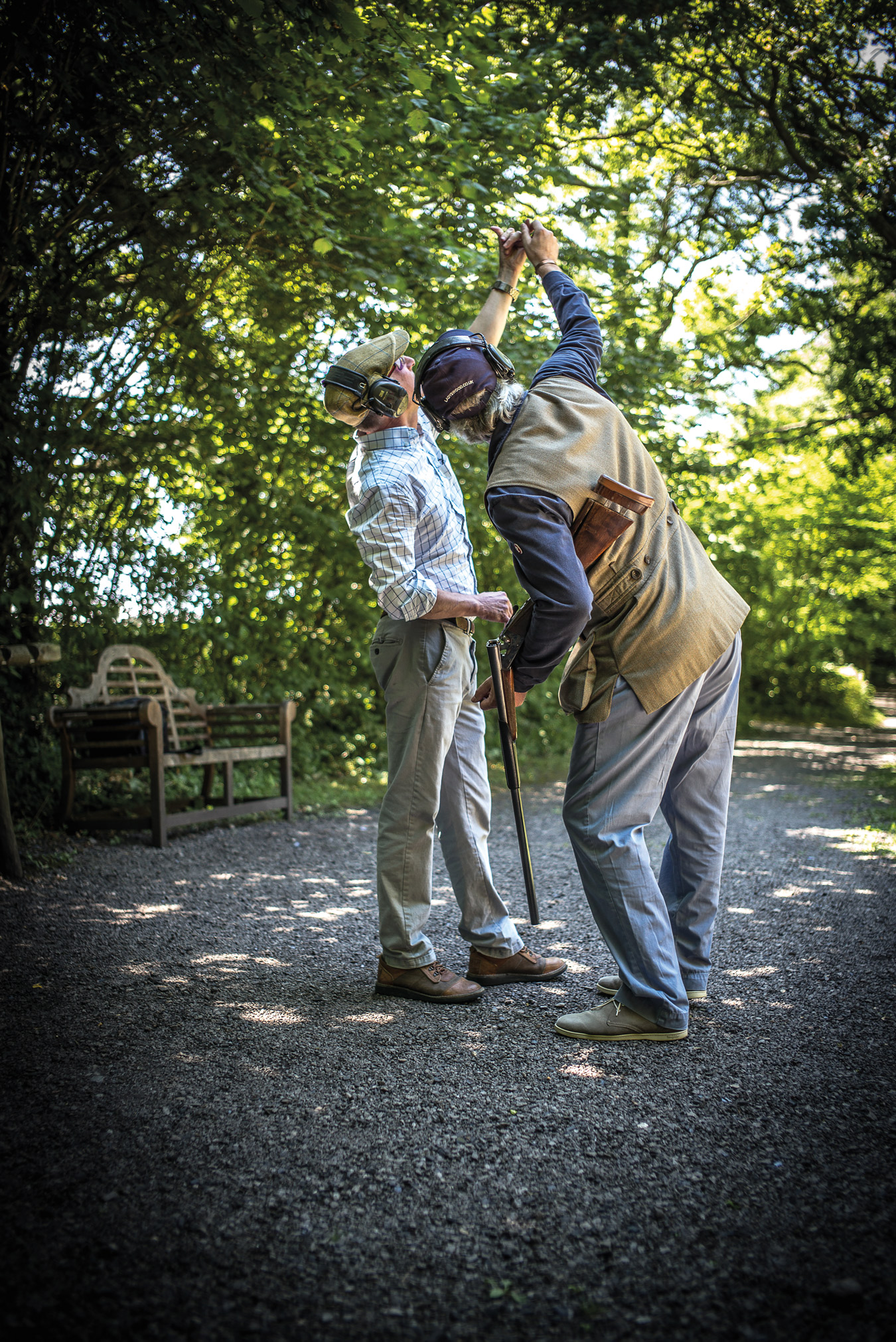
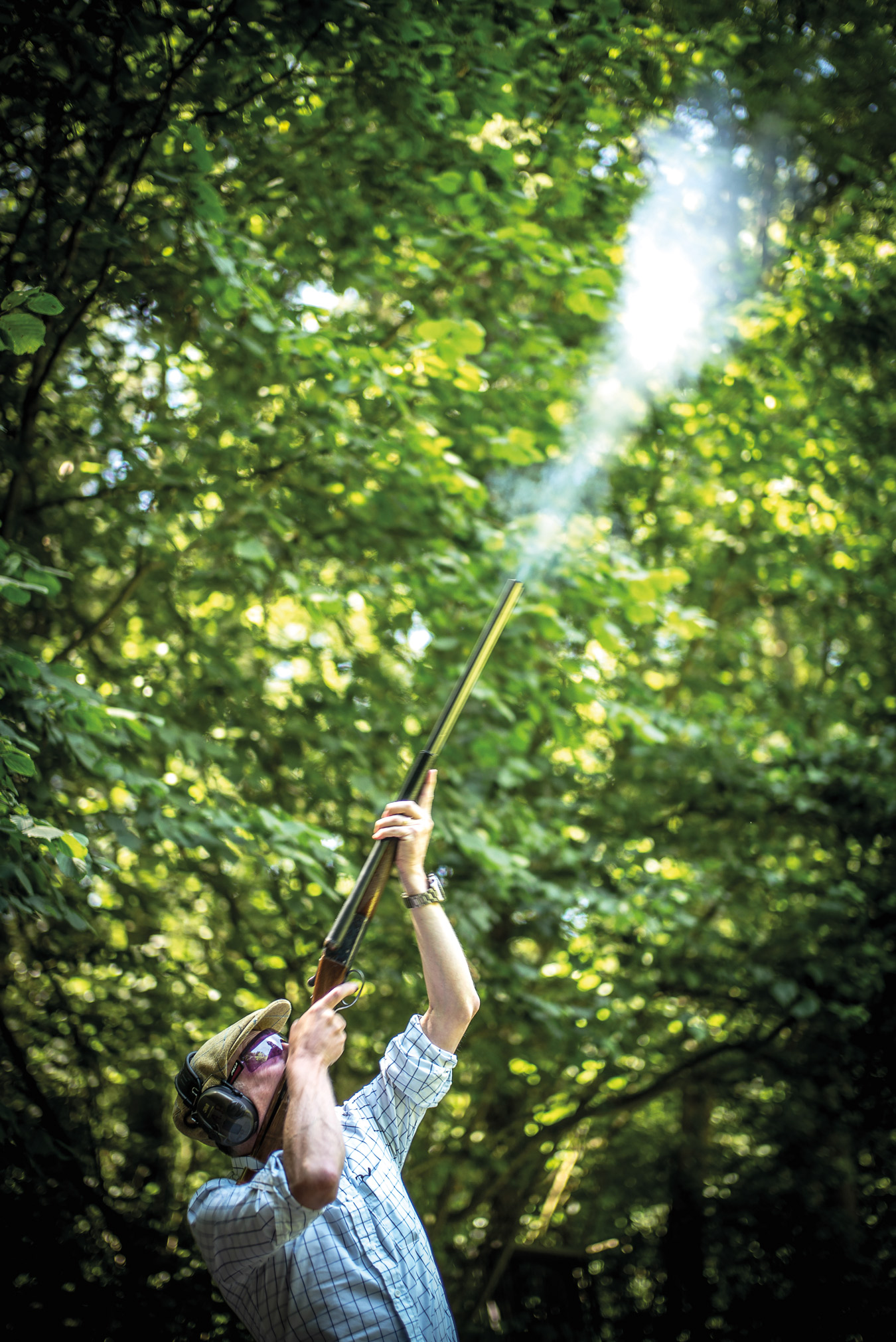
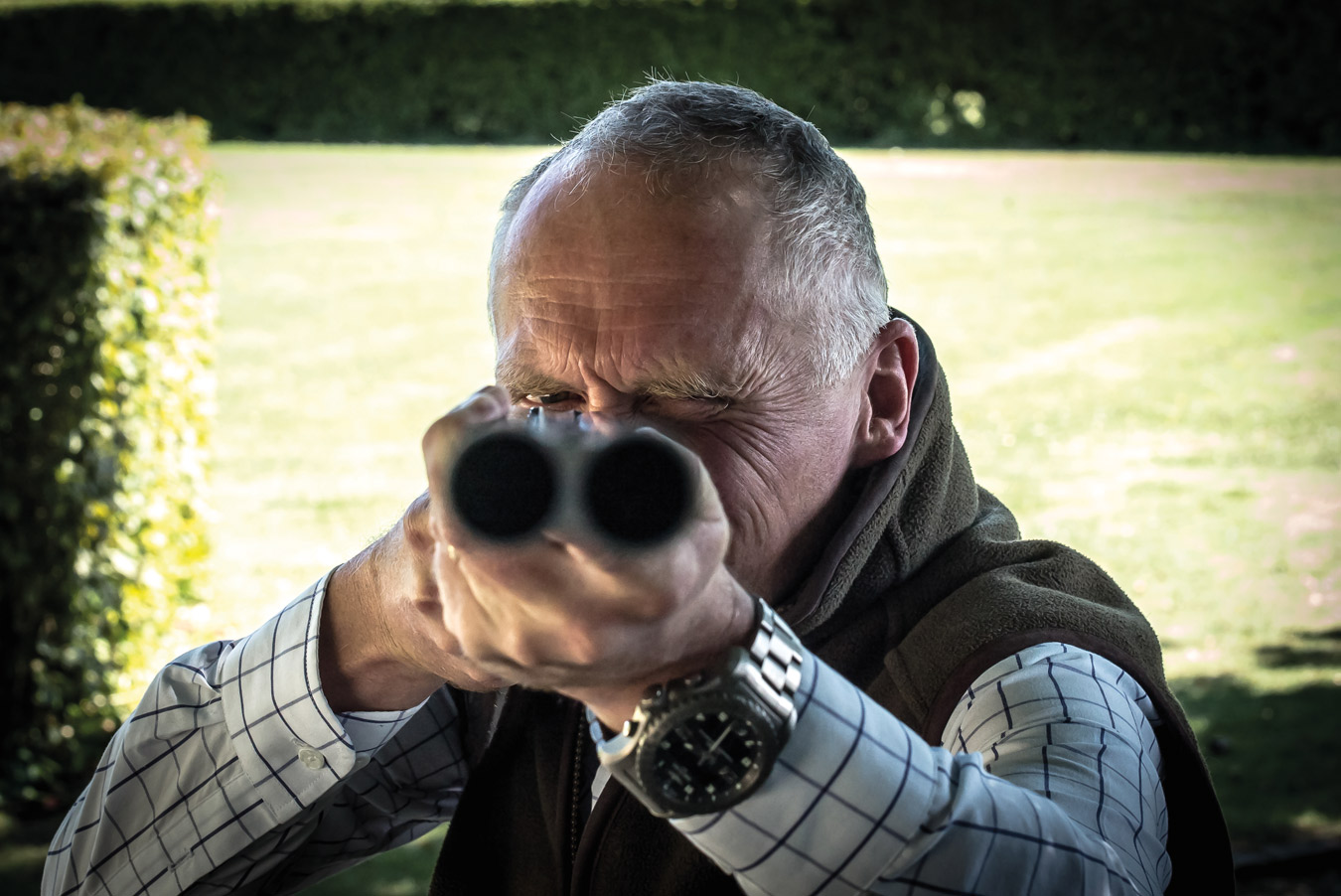
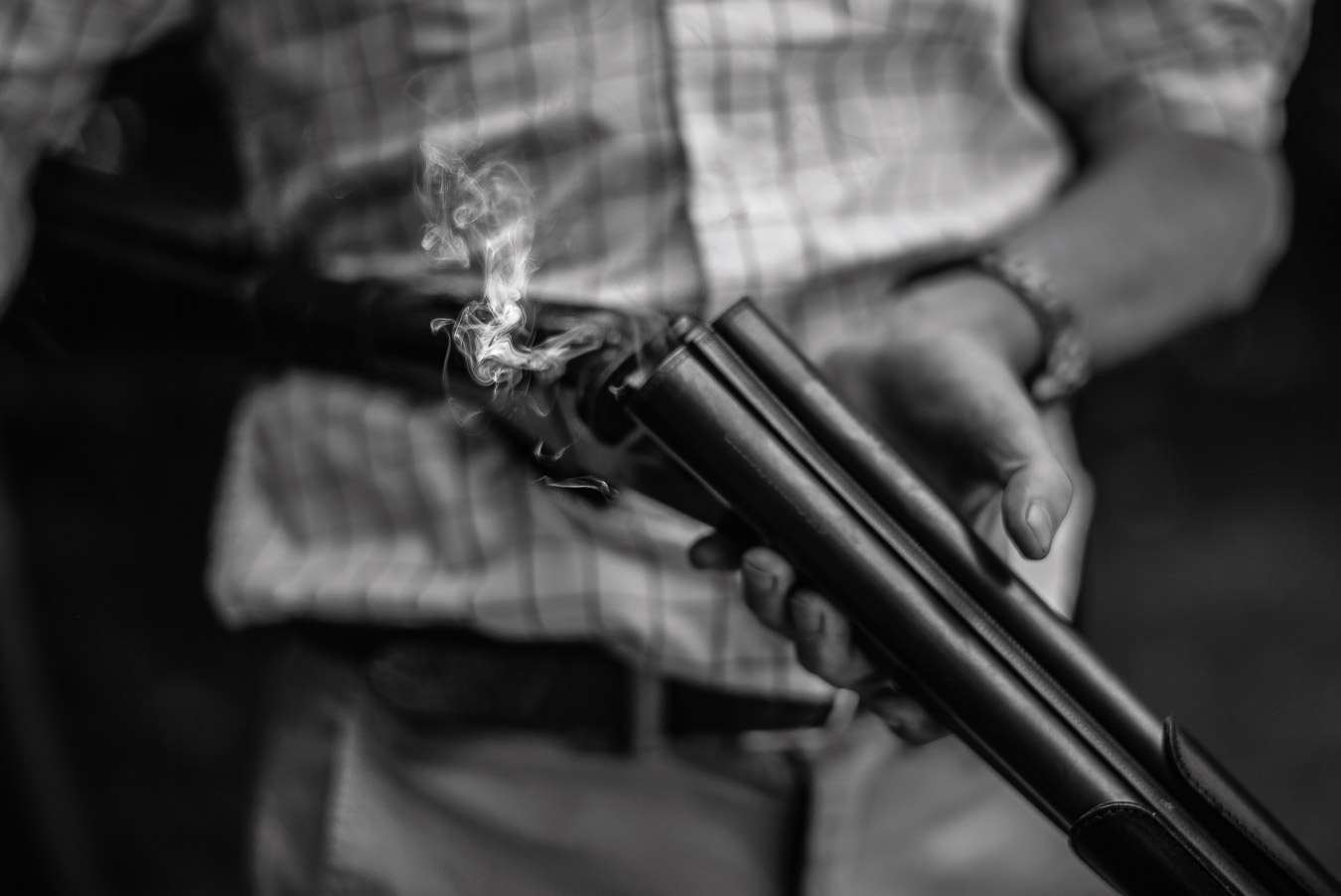
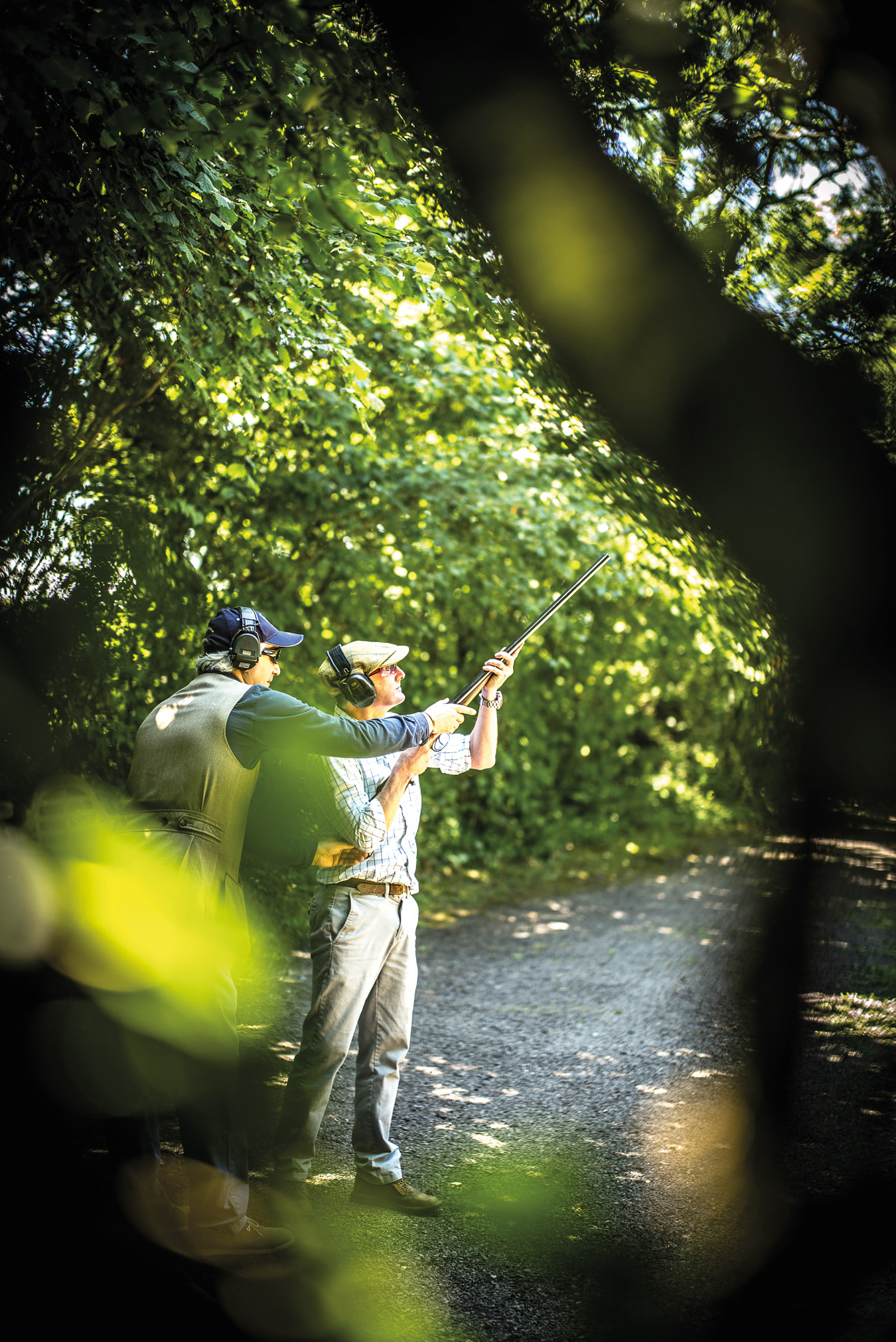
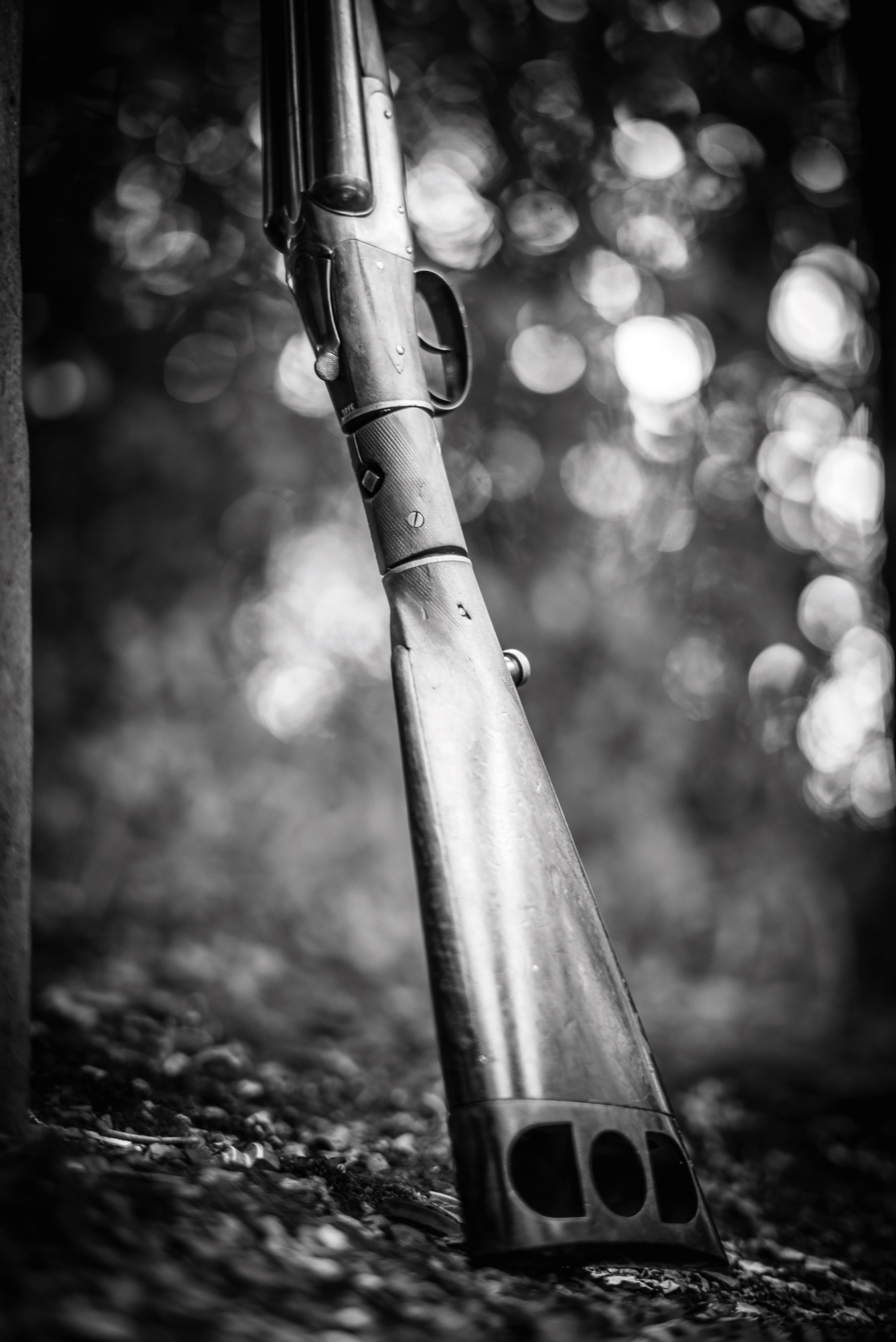
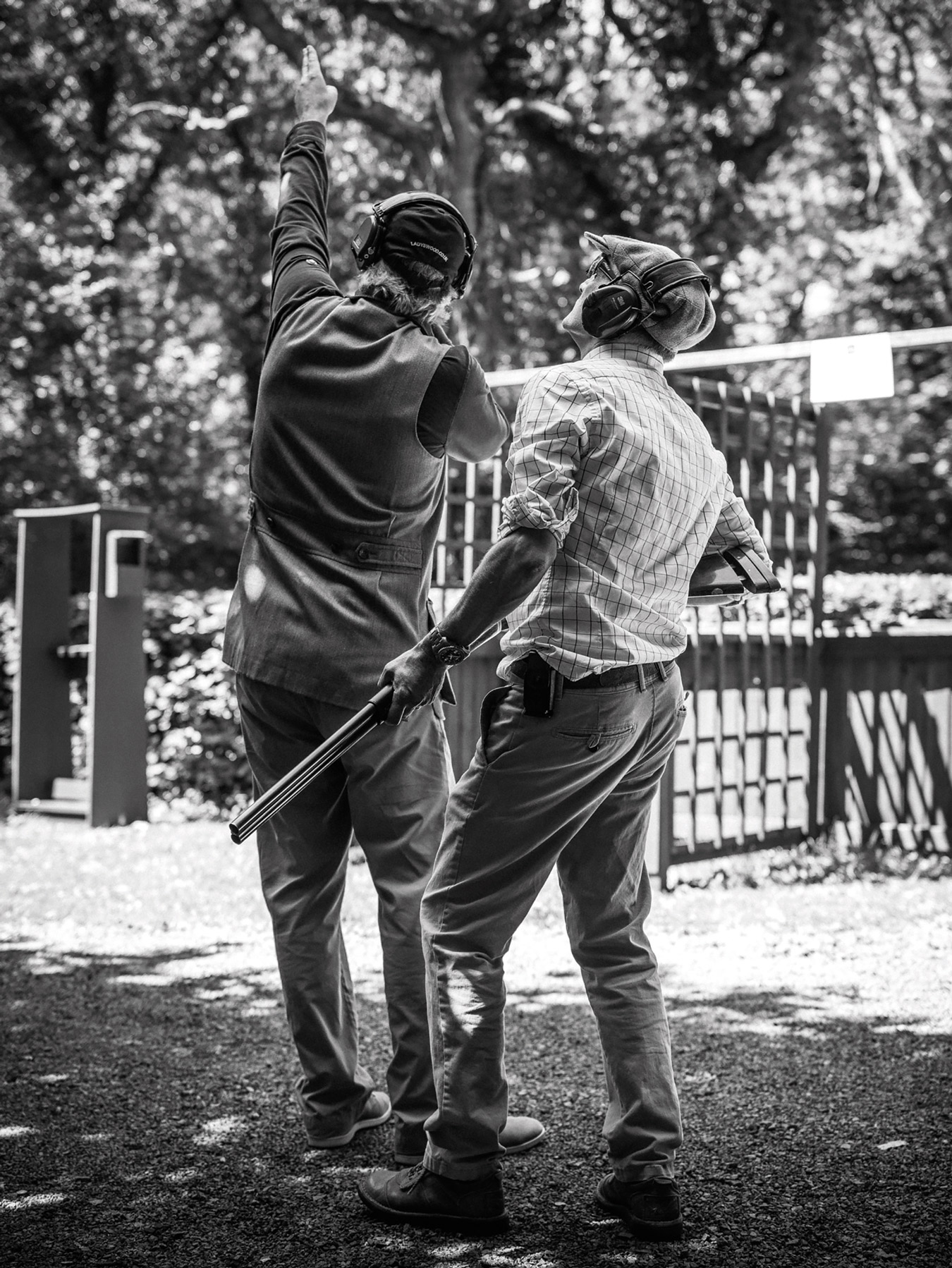

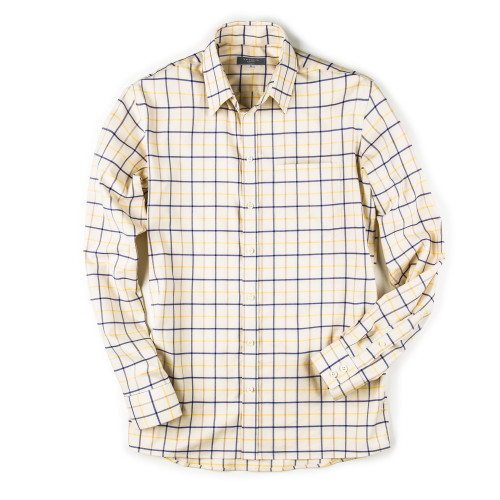
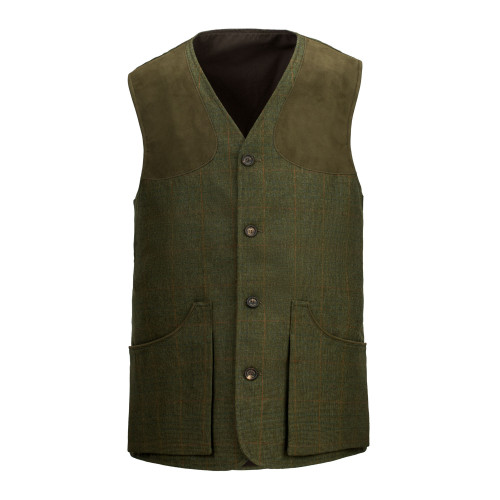
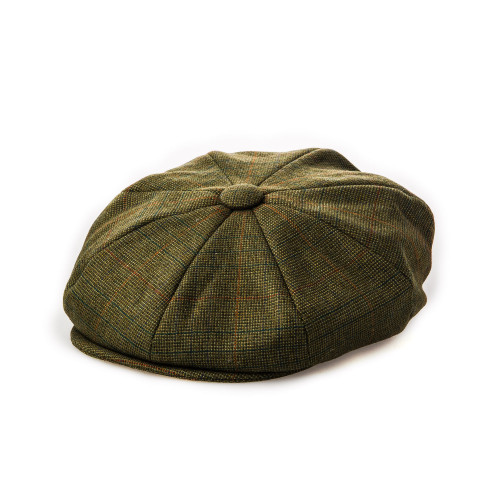
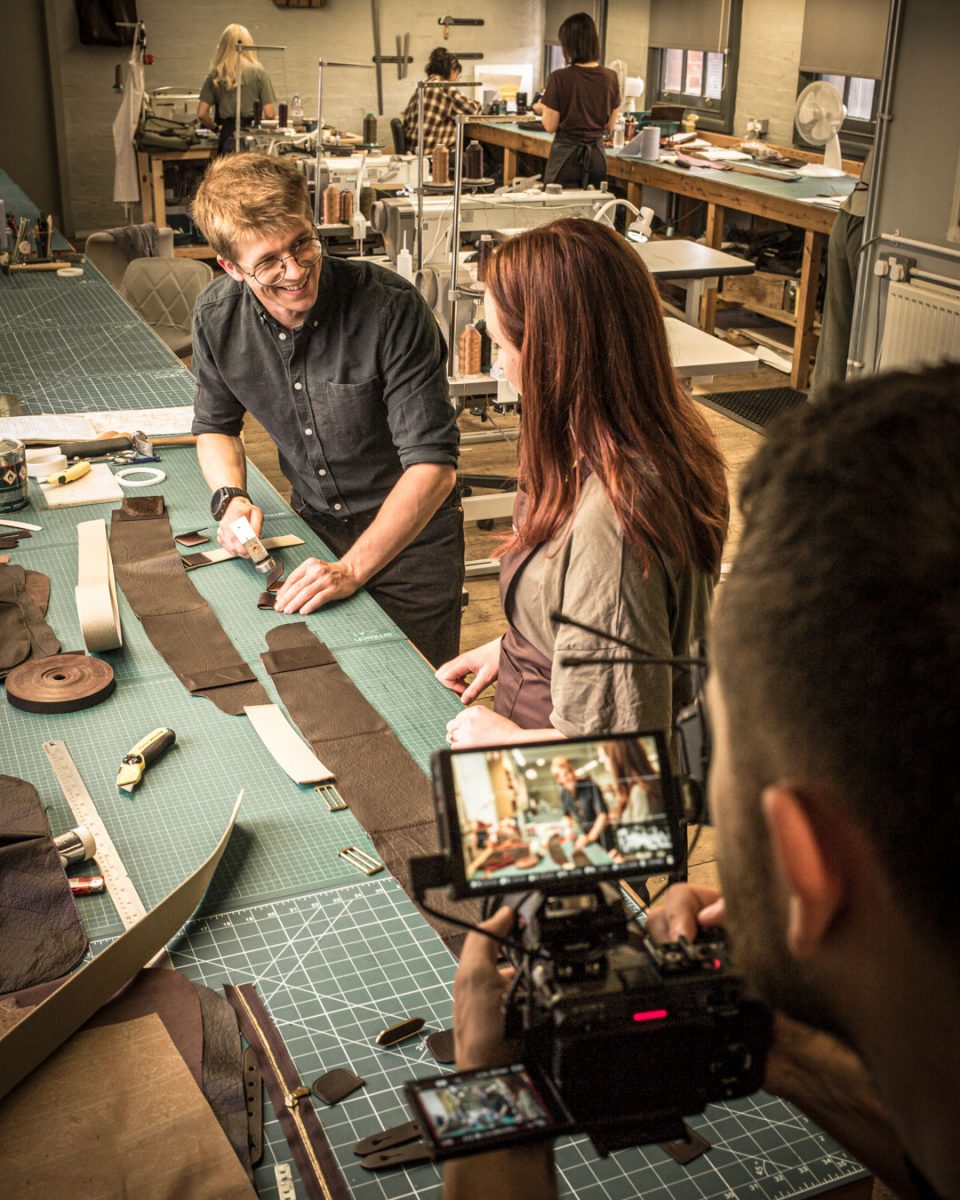
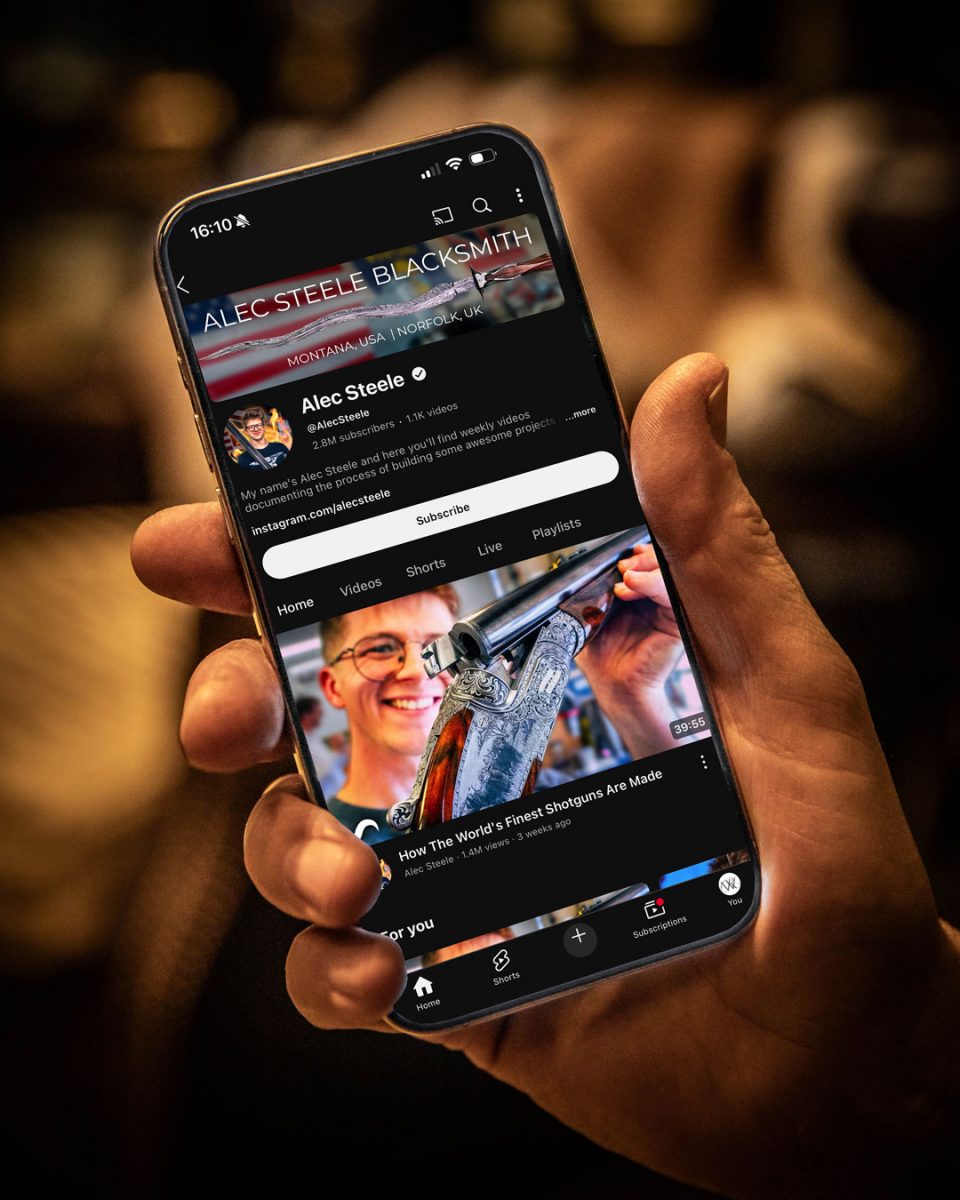



neil mcveigh on December 23, 2020 at 9:12 am
Trigger really enjoyed this two part series.
I really liked the black and white photographs, they added to the story.
Hope all you guys and girls at WR have a great Xmas and holiday.
Lets hope the new year will bring us out of the gloom of Covid.
Trigger on December 24, 2020 at 3:27 pm
Many thanks Neil. Have a great Christmas with all your family and we look forward to a better New Year.
Charles A. Huettner on December 29, 2020 at 7:22 pm
Loved this story on gun fitting, made some things clearer for me.